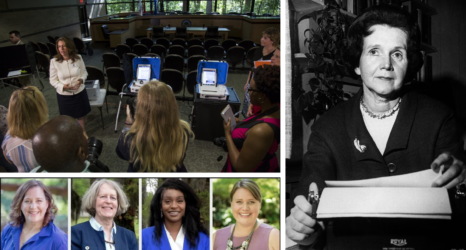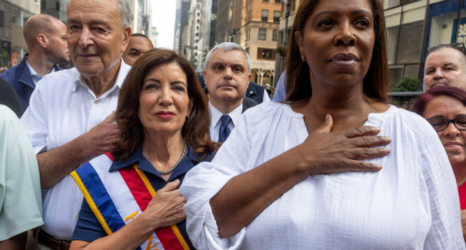Amanda Gorman is “exceptional”—but she shouldn’t be. There are hundreds of thousands of girls of color who—in spite of our oppressive systems—have survived, thrived and are actively leading us to a better tomorrow.
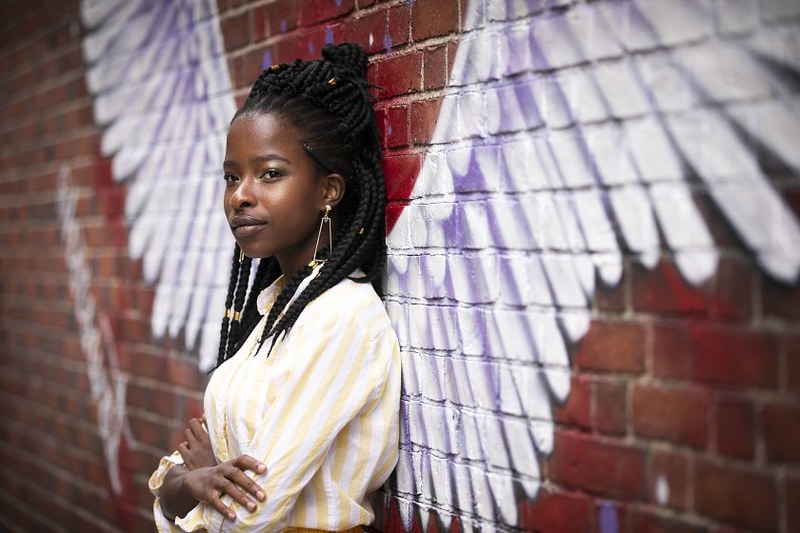
The majority of my career has centered on supporting adolescent girls in the Global South in situations that many American observers might consider extreme. Indeed many of their societal challenges, deeply rooted in a violent colonial past, are formidable—from famine to forced migration to child marriage. And yet it is there where I have also witnessed hope, determination and resilience in unfound measure, oftentimes led by young women of color.
On Inauguration Day, Amanda Gorman reminded us of this and anointed us with a healing balm for our souls. She captured the nation’s attention with the power and beauty of her words, and the passion and grace with which she read them. She also captivated us because she’s young and had to overcome so much, causing many to call her “exceptional.” And she is, but she shouldn’t be.
White supremacy is not something that only applies to those who stormed the U.S. Capitol last month—but to each of us who continue to benefit from systems that exclude young people of color and then “exceptionalize” them for making it through the hurdles and challenges that very same system puts in their way. Just this week with the horrifying news of Rochester police handcuffing and pepper-spraying a 9-year-old girl, we cannot forget that we live in the same world where a younger Amanda Gorman could have been that very little girl.
So while I wholeheartedly celebrate Amanda Gorman, let’s not put her on a pedestal and call her “exceptional” because there are hundreds of thousands of girls of color who—in spite of our oppressive systems—have survived, thrived and are actively leading us to a better tomorrow. Just look who was leading the racial justice protests this past year.
While it may give us hope to elevate one impressive woman to take the stage and applaud ourselves in the name of progress, let’s get to the business of examining our own biases and systems that make us surprised that a young Black woman would excel.
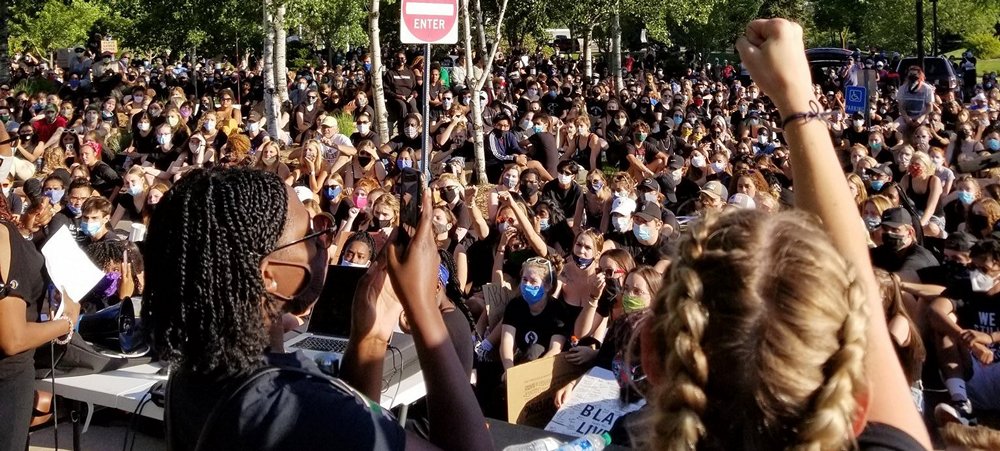
There are millions of other girls who have exactly that potential, but have been denied the opportunity by the racist structures that surround us—from health care systems that produce abominable levels of maternal mortality for Black women, to de-facto segregated schools, to the school-to-prison pipeline, to the “adultification” of Black girls.
For example, the Ford Foundation supports efforts to end mass incarceration and the overcriminalization of young Black and brown bodies, particularly girls in schools. Our support to Monique Morris’s book and documentary Pushout, detailing how girls are actively pushed out of the educational system rather than “dropping out,” helped shift the narrative on dropout rates. Morris now leads Grantmakers for Girls of Color and is advocating for the creation of a Black Girl Freedom Fund.
And beyond U.S. borders, there are organizations like Purposeful, a global feminist organization based in Sierra Leone that developed a Global Resilience Fund to provide small grants of unrestricted funding to girl-led initiatives globally. From the very start, they worked with the disability community to create an inclusive process and also used participatory panels of girls and young women to select their own peers in each region. They also chose to focus on issues that demonstrate to us all what true intersectionality looks like—showing that if we trust girls with the resources, that is all they need to lead.
It’s time to get serious about building and resourcing systems that expect and invite young women and girls of color to be our leaders. It is encouraging to see President Biden use his executive orders to speak to this structural racism, creating a White House Gender Policy Council that brings domestic and international policies under one roof for the first time, another welcome move. My hope is that in bridging the two, the council is ready not only to support young leaders from the Global South, but to learn by their example.
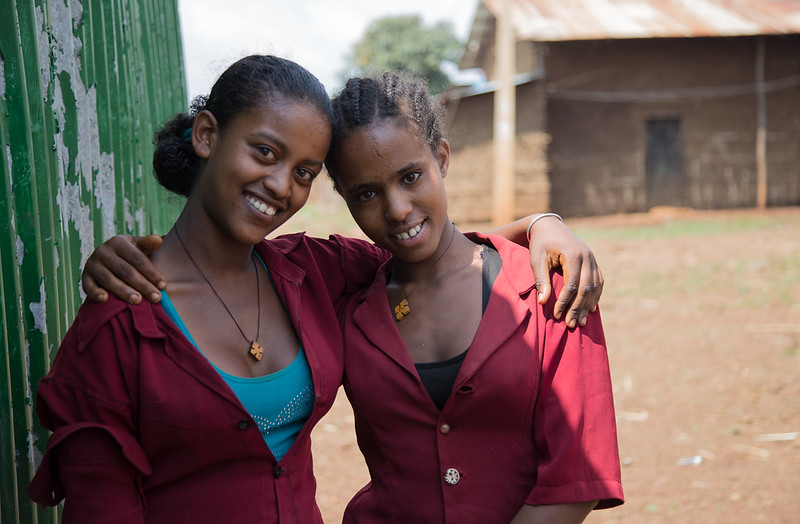
Along with these deeply engrained patterns of discrimination, we must address the all-too accepted ageism that continues to keep young people down. As long as we continue to see youth as a “problem” and a phase to get through, we will deny this country its greatest resource—the power and innovation of our youth to lead us to a more equitable tomorrow.
It is time for all of us—and those in philanthropy like myself—to double-down on its work and model what it looks like to support movements from an intersectional lens. If we want to build back better, we need healthier and more inclusive systems for young people, especially young people of color, who have been repeatedly marginalized yet are still leading us to a better world.
It’s hopeful that in the new administration, federal agencies are being guided by executive orders to address structural racism; they will also be supported by a Council on Gender. Yet the focus on young people is still missing. What we need is a holistic approach that recognizes the intersection of these inequalities and the way in which they reinforce one another.
What if we approached each system that touches young lives through the lens of a girl of color? What if her experience and her dreams were centered in our planning?
Philanthropy has experience in supporting discrete initiatives that are doing just that at the community level, and we can step up and shine that light. Now is the time to put that experience to good use on the national level to ensure that the intersections of race, gender, age and disability are not siloed.
So thank you, Amanda Gorman, for your gift on Inauguration Day—for demonstrating that girls of color are our present and future leaders. For reminding philanthropy that there’s more to do to support young women of color just like you to lead the way with more resources and platforms. And for reminding white feminists like me of the values we’ve fought so hard for, and that young women of color are reimagining the world in a much more inclusive way than we ever did. I have preordered your next book, Change Sings: A Children’s Anthem. I look forward to adding my voice as a backup singer for that song.
You may also like:




